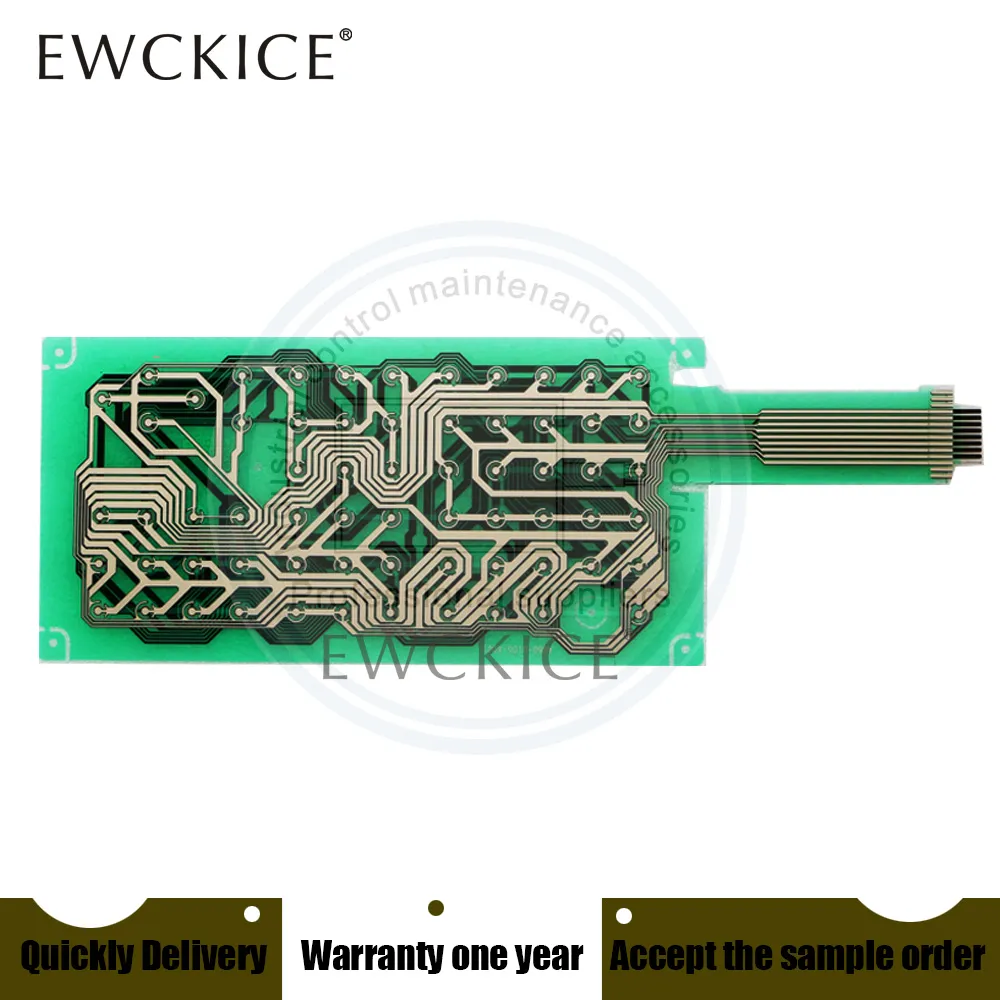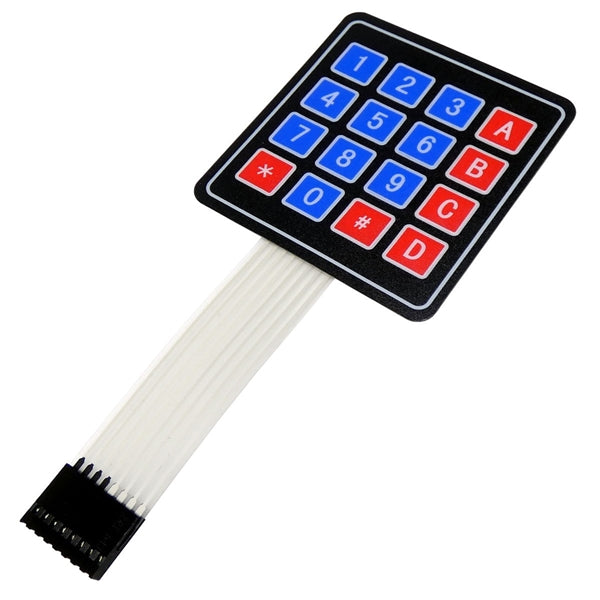How Membrane Switch Technology is Revolutionizing User Interfaces
How Membrane Switch Technology is Revolutionizing User Interfaces
Blog Article
Comprehending Membrane Switches Over: The Secret to Trusted and resilient Controls

What Are Membrane Switches?
Membrane switches are an advanced option in the realm of user interface innovation, integrating capability and design perfectly. These devices serve as an interface between individuals and digital systems, incorporating several elements into a small layout. Commonly created from versatile, thin layers of materials, membrane switches are designed to react to touch, enabling users to communicate with equipment and electronic devices properly.
The main components of a membrane switch include a printed circuit layer, visuals overlay, and a spacer layer that prevents unexpected activation. The graphic overlay can be tailored to show brand identity or individual choices, boosting appearances while making sure functionality. Membrane layer buttons are generally utilized in different applications, including clinical devices, consumer electronics, and industrial tools, owing to their toughness and resistance to environmental variables such as wetness and dirt.
Among the key advantages of membrane switches is their capacity to hold up against wear and tear, making them ideal for high-traffic settings. Furthermore, they are lightweight and require minimal room, permitting cutting-edge styles in product advancement. Overall, membrane changes stand for a reliable and sensible choice for contemporary electronic user interfaces, weding technology with user-centric style principles.
Exactly How Membrane Layer Changes Work
The procedure of membrane switches over joints on a basic yet effective mechanism that converts user input into digital signals. These switches include multiple layers, usually consisting of a graphic overlay, a spacer layer, and a circuit layer. When a customer presses the button, the top layer warps, permitting a conductive aspect in the circuit layer to reach a corresponding conductive pad on the underside of the graphic overlay. This get in touch with shuts the circuit and sends a digital signal to the gadget, indicating that the button has actually been turned on.
The style of membrane buttons can differ, however they usually integrate domes or responsive aspects to supply feedback to the individual, enhancing the overall experience - membrane switch. The materials made use of in membrane layer buttons, such as polyester or polycarbonate, add to their longevity and resistance to environmental variables, including wetness and dirt. In addition, the printed circuits are usually encapsulated, which shields them from wear and tear over time.
Benefits of Membrane Switches

In addition, membrane switches are recognized for their longevity. Built from robust materials, they are immune to dust, moisture, and physical wear, which substantially prolongs their life-span contrasted to standard mechanical buttons. This durability makes them particularly ideal for high-traffic settings and applications calling for durability.
Another significant advantage is the ease of cleaning and upkeep. The smooth surface of membrane layer changes decreases dirt accumulation and is frequently unsusceptible spills, making them suitable for settings that need constant sanitization.
Furthermore, membrane buttons offer a streamlined profile, bring about a thinner layout that can be integrated into different tools without including mass. This feature not just improves the visual appeal but additionally adds to a more ergonomic item layout.
Applications of Membrane Layer Switches
Functional and easy to use, membrane layer switches locate applications across a large range of markets, including medical gadgets, customer electronics, and industrial equipment. In the clinical area, these buttons are essential to devices such as analysis tools, individual surveillance systems, and mixture pumps, where dependability other and simplicity of cleansing are critical. Their capacity to keep and endure harsh settings performance makes them ideal for such applications.

In consumer electronic devices, membrane buttons are utilized in products like microwaves, washing equipments, about his and remotes - membrane switch. Their streamlined style enables user-friendly individual interfaces, enhancing the overall individual experience while offering resilience and resistance to wear and tear
Industrial devices additionally profits from membrane switches, particularly in control panels for equipment and automation systems. These switches offer security versus dust and wetness, making certain consistent efficiency in difficult settings. Their customizable functions allow producers to tailor them to details functional requirements, enhancing effectiveness and functionality.
Selecting the Right Membrane Switch Over
When picking a membrane button, it is necessary to take into consideration various variables that influence performance and viability for particular applications. The main considerations consist of environmental conditions, tactile responses, toughness, and style specifications.
First, examine the operating environment; buttons revealed to dampness, chemicals, or severe temperatures call for details products to make certain long life and functionality. Next, evaluate the demand for responsive comments. Relying on customer interaction, some applications may profit from a responsive feedback to validate activation, while others may like a non-tactile layout for visual reasons.
Resilience is one more crucial aspect; membrane layer switches ought to be designed to stand up to regular usage, effects, and abrasion. Make sure the picked switch can endure the anticipated lifecycle, especially in high-usage scenarios.

Final Thought
In verdict, membrane switches offer as important components in the style of trusted and sturdy control systems throughout different markets. The flexibility of membrane layer changes allows for tailored options that fulfill details operational requirements, reinforcing their significance in contemporary innovation.
Membrane changes stand for discover this info here a critical aspect of modern-day interface layout, blending performance with strength in various applications.Membrane layer switches are an advanced solution in the realm of user interface modern technology, integrating performance and layout flawlessly. Commonly constructed from adaptable, thin layers of products, membrane layer switches are created to react to touch, enabling customers to connect with machinery and electronic devices successfully.
The style of membrane layer buttons can differ, but they typically incorporate domes or responsive components to provide feedback to the user, enhancing the general experience.In conclusion, membrane layer changes offer as crucial components in the style of trustworthy and resilient control systems across different industries.
Report this page